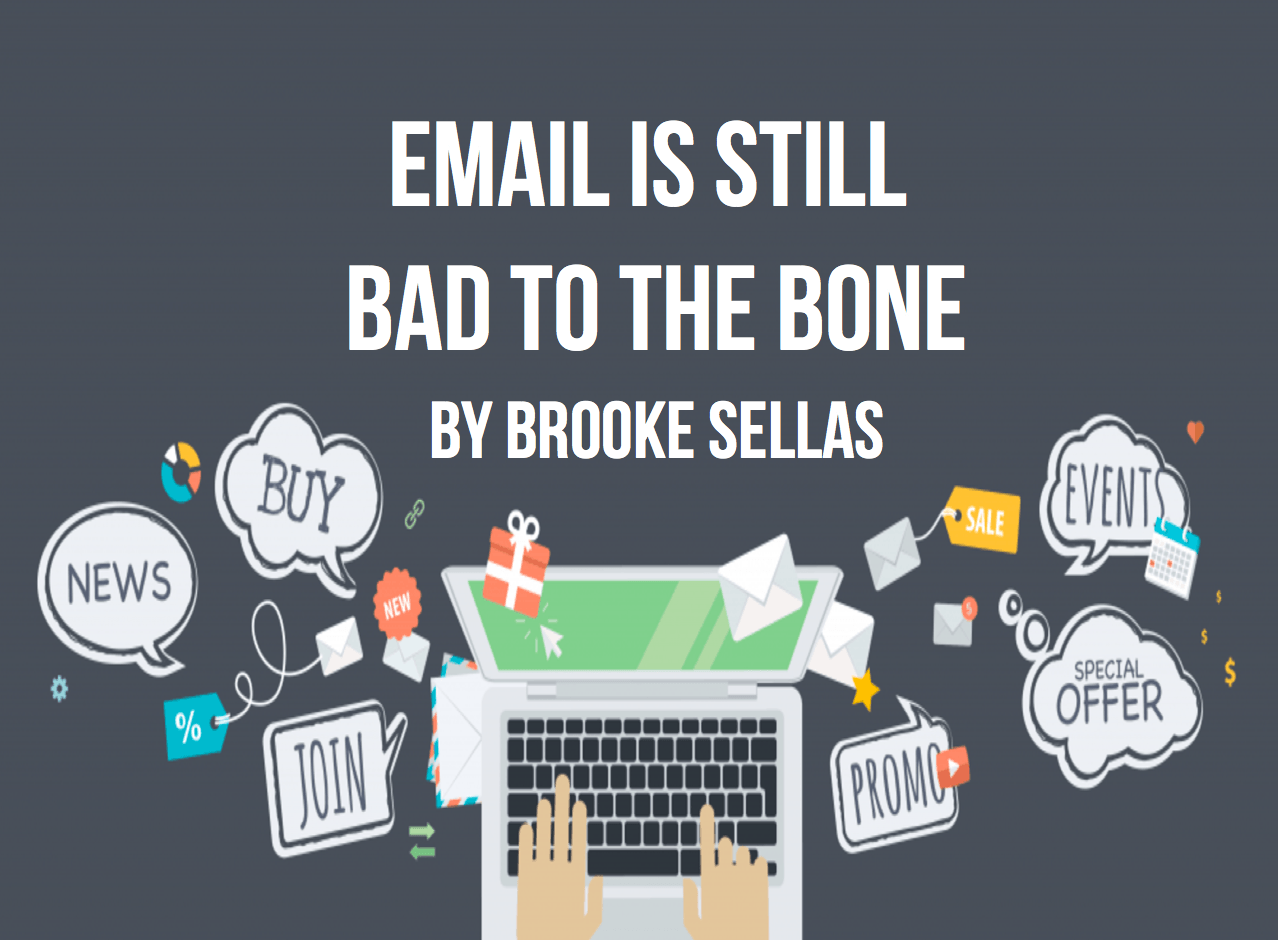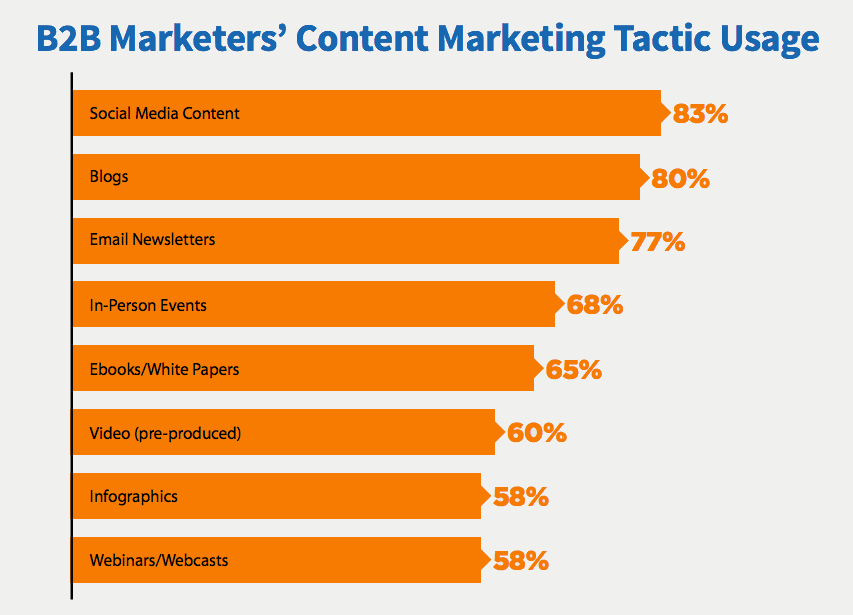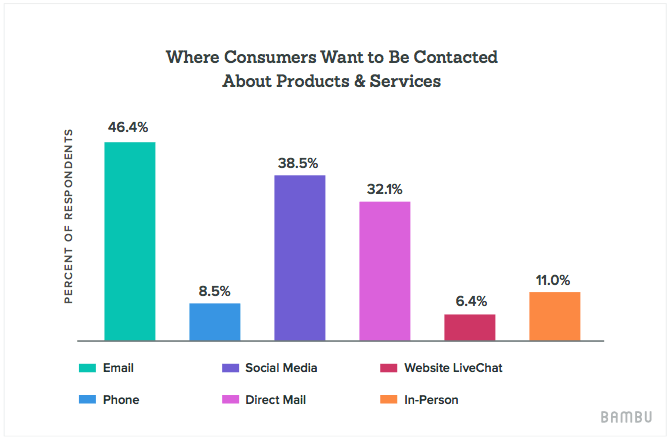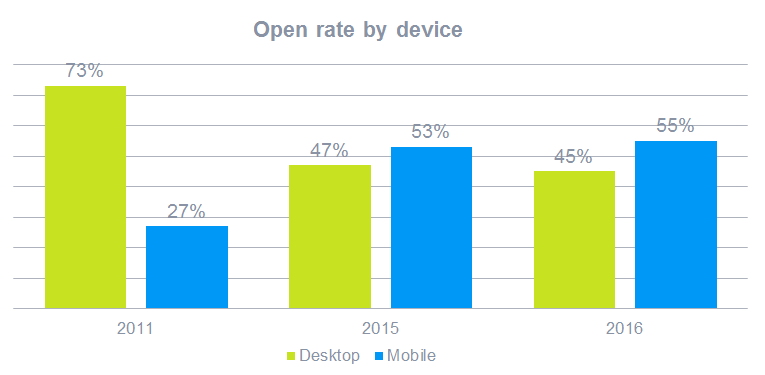Don’t you dare! Don’t ask for that.
The voice in our head screams danger when it’s time to ask customers for reviews. You feel afraid. You know you’ve done an amazing job for them. Your product exceeded their expectations, your services offer more value for less money.
You’ve blown them away with your amazing work.
But the fear crops up. Maybe you’re being a pest, an irritation to your customers. Maybe they don’t want to give you a helpful review.
What if it damages the relationship.
When we allow these thoughts to take control, we’re far more likely to take the easy way out. We simply refuse to ask for the reviews we need. Instead of sending customers to 3rd party sites to share their reviews, we refuse to ask.
We take the easy way out and we don’t get what we want.
Asking for reviews is the problem
When do you ask, how do you ask?
Are there signals a customer sends to let you know that it’s an appropriate time to request a review? Is it wrong to ask?
In my first post I shared 7 email templates you can use to ask customers for reviews. Here are four more email templates you can use.
I’ll also go over the details behind these reviews – when to use these templates, where you use them and how you maximize their effectiveness. Using these templates may feel risky, dangerous or even stupid. That’s a normal part of the process.
Let’s take a look.
Template #1: Priming customers for reviews
Part of the reason customers aren’t always happy to receive a review request, is simply because they’re unprepared for them. Customers typically have this perception of the sales process – it goes something like this:
“I give you money, you give me a product or service, we’re even.”
Priming customers is a simple and straight forward way to prep clients to give you reviews. You ask at the beginning of your relationship and then at the end of a sale, once your business with your customer is complete.
Here’s how you do it.
Hi Jan,
Thanks for your trust in us with [problem]. I know we’re going to achieve amazing things together! I had a quick question for you:
What can we can say or do to earn a review from you?
We’ve made our 416 customers very, very happy and they’ve decided to share their experience. Are you interested in sharing yours? You can share your thoughts here. [link to review sites or review funnel]
Would you let me know?
Andrew McDermott
Here’s why it’s so effective. You’re getting customers to set the conditions you’ll need to meet to receive a positive review from them. What’s better, you’re getting it ahead of time. You’ll get the specifics you need to ensure your customers are happy and satisfied.
Use questions to nail down any vague answers.
Want to improve your odds of getting an amazing review? Follow these steps:
1. Prime customers with the question: “What can we say or do to earn a review from you?”
2. Get a small list of specifics and metrics to beat.
3. Outperform. Dramatically meet and exceed your customer’s expectations.
4. Remind customers about their metrics, show them how you’ve exceeded their expectations.
5. Ask customers for their feedback immediately.
This works because it tells customers what to expect, it’s a wonderful thing even if customers respond negatively. And, that could happen.
Customers can and will say no. Some customers will simply reject your request, they’ll respond negatively or they’ll refuse. Believe it or not, this is a very good thing.
You know exactly who you’re dealing with.
You’ll be able to segment your customers, to put unresponsive or unwilling customers into a nurturing campaign. You’ll have the opportunity to find the reason behind their rejection.
This is powerful because it enables your customers to self-identify.
Templates #2 and #3: Reviews from confirmation emails
Repeat customers aren’t always responsive. Sometimes they’re more focused on getting their problem resolved, or a product shipped.
Research shows, confirmation emails are 2x to 5x more effective than bulk email.
Customers are eagerly waiting for their confirmation email. Most people treat these emails like a receipt. But they’re actually an opportunity in disguise.
If you’re dealing with a repeat customer you have another chance to ask for a review.
If your customers are waiting for their confirmation emails they haven’t received their product or service (yet). Which is exactly why this works best with repeat or past customers.
Let’s say your customers haven’t responded to your previous requests for a review. Why bother asking again? Because they’re giving you an opening – within your confirmation emails. They’re obviously interested in your product or service. They trust you enough to repeatedly spend money with you.
They just haven’t given you an answer yet.
If a customer said No to your review request and you continued to harass them that’d be gross, right? That’s not what’s happening here. So, what is happening?
You’ve been ignored by your customer.
Your confirmation email is how you get them back. Here’s how you do it:
Hi Jan!
Thanks for shopping with us! Your items are on their way. If you’d like to track your order you can do it [here].
Can we ask a favor?
We want to improve your shopping experience. What’s the one thing we can do to improve your shopping experience? Please be as honest as you want to be (we can take it).
Share your thoughts here. [link to review sites or review funnel]
We love you,
Andrew and the [team]
What if you’re offering a service?
Your clients are still going to be responsive to your confirmation email, only it’ll probably be more like a launch email or message to wrap up your work together. Here’s a template you can use with clients in that scenario.
Hi Jan,
We’ve really enjoyed working with you. We’re excited to see the pay off our work generates for you. Looks like it’s going to be amazing.
Quick question for you.
What could we have done better? Please share your thoughts here. [link to review sites or review funnel] Any feedback you can give would be incredibly helpful.
Thanks again for your trust,
Andrew McDermott
These templates are powerful because you can create unlimited variations. Even better, they can be used in a wide variety of places.
-
Order confirmation emails
-
Download confirmation (e.g. digital products)
-
Email subscriber confirmation
-
On social media (Facebook ad campaign targeting existing customers)
-
Webinar confirmation
-
Client launch emails
-
Kickoff emails
If you have a list of engaged customers, you can use this to generate reviews, regardless of where they are in the sales cycle.
Template #4: Reviews from dead/inactive customers
What if your customers aren’t engaged? What if they’re customers who have simply faded away?
Believe it or not you can ask these dead/inactive customers for reviews, and you can get them. It takes a bit of prep and a lot of patience. These relationships are inactive for a reason.
How do you do it? With triggers.
You need a triggering event that puts you back in touch with your inactive customers. It can be as simple as something that caused you to think of them or something that connects both of you together.
You can use:
-
Shared / common interests.
-
Changes in their industry, business or profession.
-
A recommendation or referral from someone who knows them.
-
Sharing a mention from a mutual friend, co-worker, acquaintance or friend.
The possibilities are endless, but it comes with a side of danger. If you’re approaching this from the standpoint that you’re going to reconnect with them to simply extract a positive review, they’ll notice.
Do that and you’ll likely destroy the relationship for good.
And, rightfully so, that’s a pretty sleazy thing to do. The honest thing to do is to pursue these inactive customers genuinely, because you’re interested in them or their business.
How do you do that?
You include a small gift with your angle. The gift should be relevant to the content of your message and here’s the important part:
Your gift and your message should come with no strings attached.
That’s right, no strings attached.
At this point you’re not looking for a review, you’re not looking for a favor. You’re looking for customers who are open to a relationship with you.
That’s it.
If customers ignore your message and your gift, the relationship is still dead / inactive. You’re extending your hand in genuine relationship, no strings attached. If customers respond and/or reciprocate, don’t pounce on them or hit them with a hard sell.
Continue the relationship.
Continue adding value – sharing helpful information, offering limited support. If they reciprocate, you reciprocate, if they invest, you invest.
If they don’t reciprocate, you don’t reciprocate.
Do that until the relationship has progressed and customers are back in touch with you on a regular basis. Once that’s happened, and it’s appropriate to do so, make a request for a review.
Here’s how you do it when that time comes:
Hi Jan,
I’m glad we were able to reconnect again.
I’ve been [impressed] with the way you handled [action, event, conflict]. Can I get your thoughts and feedback on [specific problem].
Would you be willing to share your thoughts on a very short 3 minute call?
It would mean the world to me.
Thanks so much,
Andrew McDermott
This template obviously requires a tremendous amount of finesse. You’ll need to have a specific action or event you can reference when you talk about what they did. It should be somehow relevant to your feedback request as well.
This is very easy to get wrong, but when it works, it works beautifully. Here are the details that make this template so powerful.
1. This strategy focuses on two must-have areas: specificity (I have details) and credibility (I believe you). Lie about anything, lazily offer up broad or vague details and you are done. This will backfire horribly. Remember, this depends almost entirely on you being genuine and honest.
2. Your message respects their time: The foundations of this relationship may still be fragile. This message respects that, minimizing the commitment required. According to this TED talk, the average person talks at 225 words per minute. That’s a 675 word testimonial which is outstanding.
3. The message expresses honor and gratitude: It’s not a selfish request that’s focused entirely on making your business or organization look good. It’s a request that conveys gratitude and honor, it relies on nuance. This is far more likely to attract your wayward customer’s attention.
Here’s the beauty behind this template.
If you originally lost this customer on very bad terms, you’re probably going to get some bad news. A short call gives you the ability to hear them out in a safe environment. Your customers can vent and air their grievances if they’re the bearer of bad news.
If it’s good, you thank them profusely, then you ask them to share their feedback on your review sites of choice.
Template #5: Reviews from references
Have you ever had a prospect ask for references? You can use these reference requests as an opportunity to ask your clients for reviews.
Here’s how you do it:
1. Give your client a script they can use. Often times clients don’t know what to say when they’re speaking with prospects. Give them six questions they can answer and you’ll give them everything they need to help you.
2. Once your clients share their feedback, ask them if they’d be willing to share their feedback on a single review site. They’re already doing you a huge favor so make your ask simple and easy for them to follow.
3. Send them a link to the review site. Make everything as easy as possible for your client to share their thoughts and feedback. If possible, do it right after they’ve shared their feedback with your prospect.
Here’s how you ask for the review:
Jan,
You’re incredible. Thanks so much for being willing to share your honest feedback with [prospect]. I really appreciate your help on this.
Would you be willing to share the basic idea behind your feedback [here – review site link or review funnel]? This way, there’d be no need to bother you with a reference request in the future.
If not, no worries.
Your # 1 Fan,
Andrew
This works best with highly agreeable clients who are somewhat (or very) eager to please. It also works well with clients who, “owe you a favor.”
But, it’s a lot to ask.
Here’s why it works. You’re asking customers to simply repeat their thoughts and feedback on a review site for the world to see. They repeat it one more time, on a review site. Thanks to your six question script, they know what to say, and how to say it.
You’ve made it easy and far more likely that they’ll respond well.
Your customers won’t respond well…
If you’re dishonest or insincere. These requests for reviews, they all depend on trust, honor and reciprocation. Your customers are far more willing to share their thoughts and feedback if you approach them the right away. It isn’t about manipulation or control, it’s about gratitude.
Make it as easy as possible for customers and clients to give you the reviews you want. Include links to 3rd party review sites, give them a copy of your feedback. If you’d like to to take this further, consider using an automated or semi-automated solution to streamline the process.
Customers see your request for reviews as a favor, and it is. Make the process simple and easy.
Reviews are a dangerous favor
The voice in our heads screams danger when we ask for a favor. It screams danger when customers receive our request. You feel afraid, they feel afraid. It doesn’t matter that you’ve done an amazing job, what matters is how you ask.
Ask for a review at the wrong time and you risk damaging your relationship with customers.
Wait for the right signals, and you’ll get the positive feedback you need. Asking for a review, using these strategies, may feel risky, dangerous or stupid.
They’re anything but.
You’re amazing and you’ve created something amazing for your customers. Use these 5 templates to request customer reviews, and you’ll find customers are ready and willing to share their review, no daring necessary.



































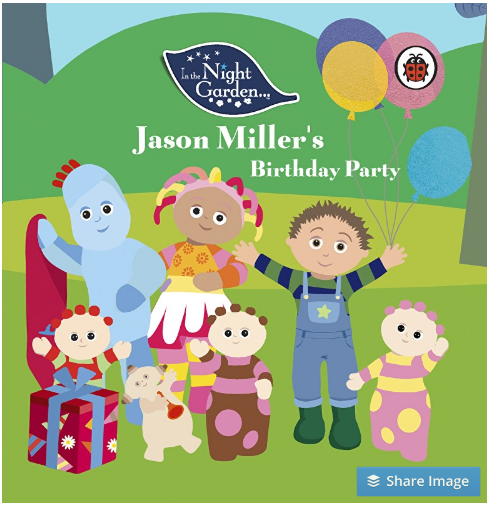




.png?t=1508936889387&width=640&name=Conversations-Inbox%20(1).png) Preview of HubSpot Conversations - Final product may look different.
Preview of HubSpot Conversations - Final product may look different.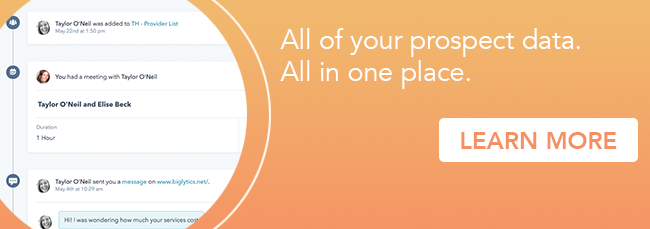
 different kinds of questions and concerns whether for her, her team members, or people in authority she needs to influence.
different kinds of questions and concerns whether for her, her team members, or people in authority she needs to influence.


